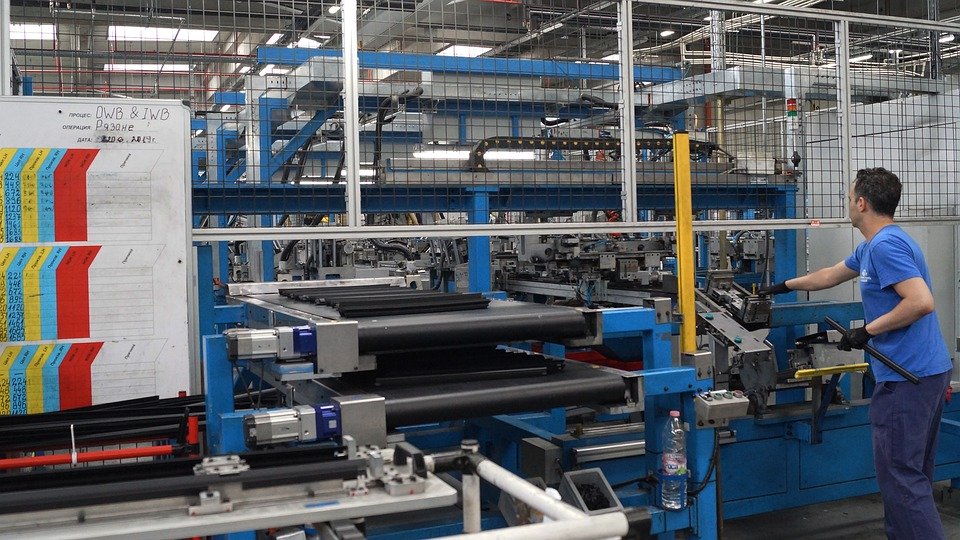“If you think of standardization as the best that you know today, but which is to be improved tomorrow; you get somewhere.”
–Henry Ford
Talk to any CEO today, and he would cite standing out in the crowd as the highest business priority. Counter to the old school believe, part standardization is a winning strategy for the manufacturing sector. Part standardization advocates the fundamental perception of built-to-order, which enhances the operational readiness, mitigates the cycle cost and, increases competition, provides greater flexibility, breaks down organizational silos and improves customer satisfaction. Part standardization empowers the electrical and mechanical engineer to pull parts in the assembly, instead of waiting for a specialized and custom-built parts.
Nothing leverages your parts and training budgets like standardization. The more you focus on part standardization, the lower number of parts you maintain.
1) Cost reduction
According to research, part standardization curbs down the manufacturing cost by close to 50%. Standardization not only lowers the financial burden on the company, but lowers the transaction cost to the economy as a whole. Once, the company focuses on standardized parts, the cost of inventory comes down concurrently because the common parts are resupplied only when required, and you can avoid ordering expenses. Part standardization mitigates the training cost associated to train employees about a new part. It diminishes the overhead costs, including the purchasing and bill payment costs.
2) Strengthens client and supplier relationship
Part standardization positively affects the buying power of the manufacturing companies. It empowers the businesses to avoid dependencies on a particular supplier for the procurement of parts, thereby increasing the choices for the manufacturing company.
3) Greater flexibility
Standardization brings the manufacturing sector, one-step closer to the goal of ‘Smart Factory.’ When standardization is implemented across the entire supply chain, it reduces the set-up and inventory cost, thereby simplifying supply chain management. Also, when standardized parts are used to switch between different work centers become a cakewalk. You no longer restock components with every product switch.
4) Superior quality
The quality of the end-product rises with part standardization. A couple of picking is not going to hurt the operations, and it will culminate fewer manufacturing errors.
5) Increase in R&D
Manufacturing companies that overlook the standardization of their process control expose their companies to the economic risk of R&D activities. The cost associated with R&D increases at a snail’s pace when you shift towards part standardization.
Robycs Technology offers precision CNC machining to produce standardised parts for manufacturers and industrial businesses. This will help mechanical engineers reduce their search time for different parts considerably. Sit back, relax and focus on your core business operations when you contact us.

